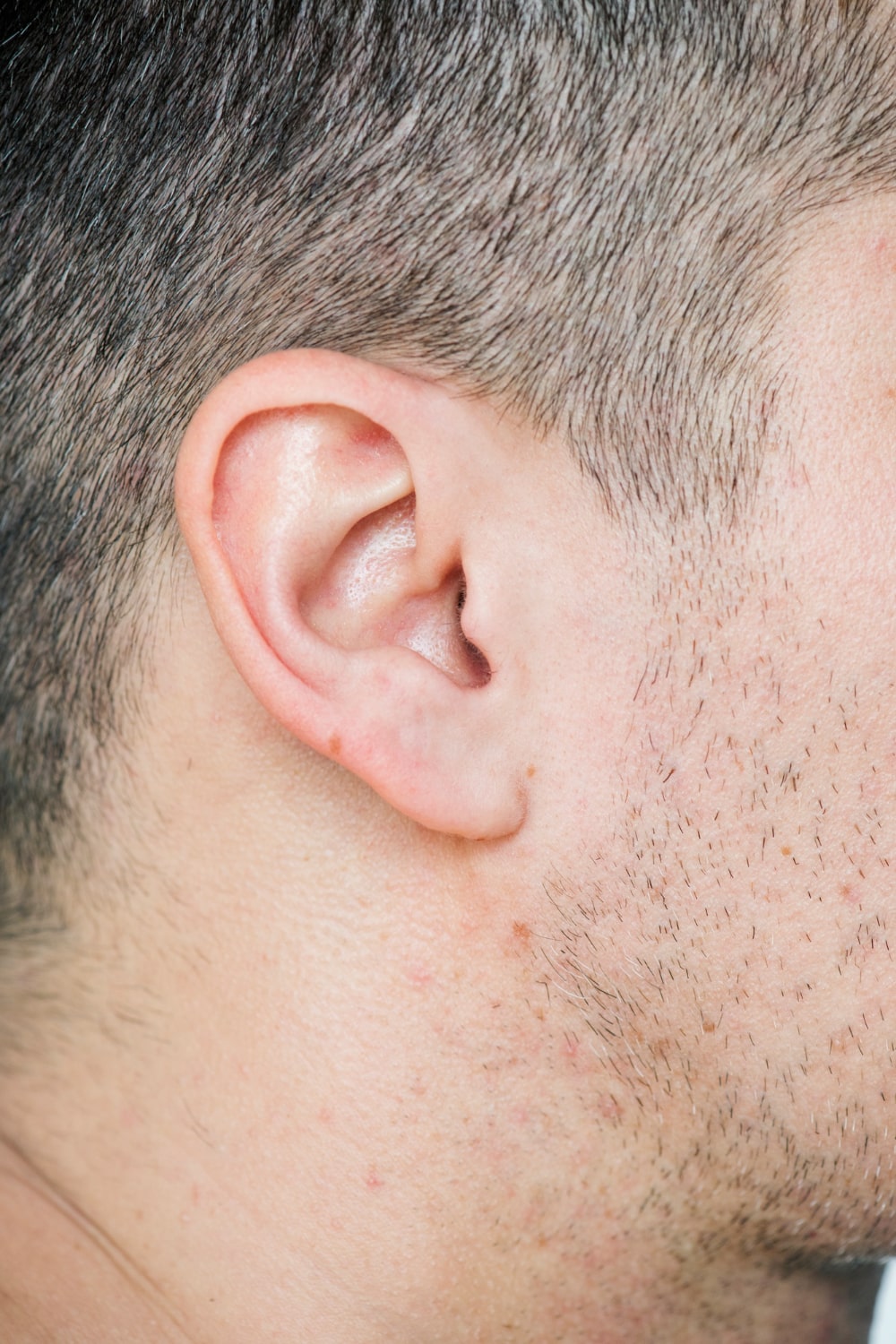
Lumps behind the ear can stem from various causes, ranging from minor cysts to infections or gland swelling.
Lumps or swellings behind the ear can be unsettling. While most are harmless, some may signal underlying infections or other health concerns. Whether it’s a cyst, swollen lymph node, or a more serious growth, understanding what causes lumps behind the ear can help you know when to seek help and what to expect next.
Let’s break down the possible causes, available treatments, and signs you shouldn’t ignore.

Lymph node swelling behind the ear is often due to infections like colds, sore throats, or ear infections.
Several conditions can lead to a lump behind your ear. Some are minor and resolve on their own, while others require medical attention.
1. Swollen Lymph Nodes
Your lymph nodes are part of the immune system. They can swell in response to infections such as:
Swollen lymph nodes are typically tender and moveable.
2. Cysts
A sebaceous cyst or epidermoid cyst is a small, fluid-filled bump that can form due to blocked oil glands or hair follicles. These are usually painless unless infected.

Sebaceous cysts can form from blocked oil glands and are typically harmless unless infected.
3. Lipoma
A lipoma is a soft, benign fatty lump. It often grows slowly and feels doughy under the skin. Lipomas are harmless but can be removed if they become large or uncomfortable.
4. Skin Tags
These are small, skin-colored growths that may appear behind the ear where skin folds or rubs. Though harmless, they can be removed if irritated or for cosmetic reasons.
5. Injury or Trauma
A minor bump or bruise behind the ear can trigger swelling. This type of lump is usually painful and may go away with basic first aid.
6. Bone Spur
Occasionally, a lump may stem from bone overgrowth behind the ear. This type of lump feels hard and does not move. It requires medical imaging for diagnosis.
7. Parotid Gland Swelling
The parotid gland, located near the ear, can swell due to infections or stones in the salivary duct. Swelling may extend behind the ear and cause noticeable lumps.
Treatment depends on the cause, size, and symptoms associated with the lump. Here are common treatment options:
1. Observation and Monitoring
2. Medication
3. Aspiration
4. Surgical Removal
5. Radiation or Specialized Therapy
While many lumps behind the ear are harmless, some warrant medical attention. Contact a healthcare professional if:
Prompt evaluation can help rule out serious conditions and provide peace of mind.

Imaging such as ultrasound or MRI may be used to examine deep or hard-to-assess lumps.
1. Is a swollen lymph node behind my ear a sign of infection?
Yes. Swollen lymph nodes commonly signal infections like colds, sore throats, or ear infections. If the swelling doesn’t go down in a week or is painful, consult a doctor.
2. Are all lumps behind the ear cancerous?
No. Most lumps behind the ear are non-cancerous and result from cysts, lipomas, or infections. However, persistent or unusual lumps should always be evaluated.
3. How long should I wait before seeing a doctor about a lump?
If the lump remains unchanged after two weeks, is painful, or comes with other symptoms like fever, seek medical advice sooner rather than later.
4. Can a lump behind the ear go away on its own?
Some small cysts or lymph node swellings may resolve without treatment, especially if they’re related to a passing infection.
5. Is imaging necessary to diagnose the cause of a lump?
Not always. In many cases, a physical examination is enough. If your doctor suspects something deeper or more complex, they may order an ultrasound or MRI.
A lump behind the ear isn’t always cause for alarm, but it should never be ignored. Understanding the common causes—like cysts, infections, or benign growths—helps you take the right steps. The key is to stay observant, seek medical advice when needed, and follow your doctor’s recommendations for testing or treatment.
Early intervention can make all the difference, especially if the lump signals an underlying issue. Don’t wait—check it out, rule out the serious stuff, and take control of your health.
We offer expert care across key specialties, including Medicine, Cardiology, Orthopaedics, ENT, Gynaecology, and more—delivering trusted treatment under one roof.
Prakash Hospital Pvt. Ltd. is a 100 bedded NABH NABL accredited multispecialty hospital along with a center of trauma and orthopedics. We are in the service of society since 2001.
OUR SPECIALITIES
Contact Us
D – 12A, 12B, Sector-33, G. B. Nagar, Noida, Uttar Pradesh 201301
+91-8826000033

© 2025 All rights reserved.
Designed and Developed by Zarle Infotech